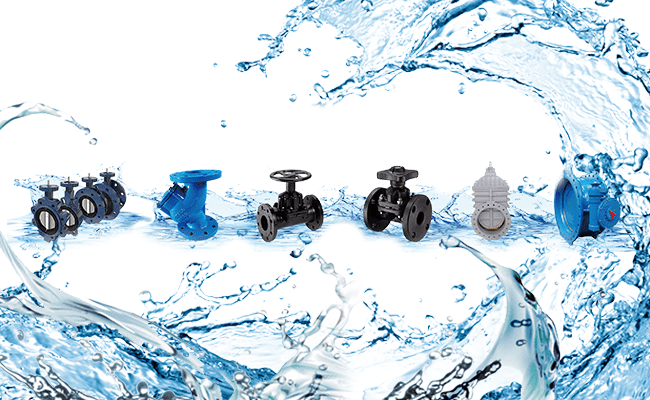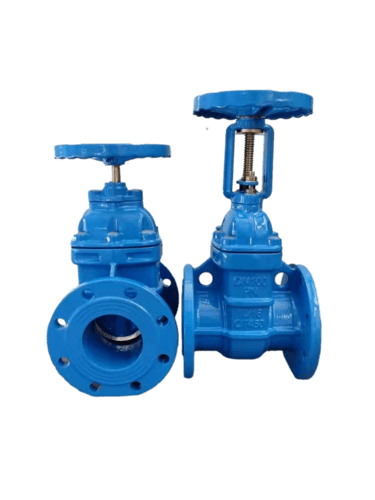The flow rate and flow rate of the valve mainly depend on the diameter of the valve, and it is also related to the resistance of the valve structure to the medium. At the same time, it has a certain internal connection with various factors such as the valve pressure, temperature and medium concentration.
What is the relationship between the two?
The flow channel area of the valve has a direct relationship with the flow rate and flow rate, and the flow rate and flow rate are two mutually dependent quantities. When the flow rate is constant, the flow rate is large, and the flow channel area can be smaller; when the flow rate is small, the flow channel area can be larger. On the contrary, the flow channel area is large, its flow velocity is small; the flow channel area is small, its flow velocity is large.
If the flow rate of the medium is large, the valve diameter can be smaller, but the resistance loss is large and the valve is easily damaged. If the flow velocity is large, it will have electrostatic effect on flammable and explosive media, causing danger; the flow velocity is too small, the efficiency is low, and it is not economical. For the medium with high viscosity and explosive, the flow rate should be smaller. The flow rate of oil and liquid with high viscosity is selected according to the viscosity, generally 0.1~2m/s.
In general, the flow rate is known, and the flow rate can be determined empirically. The nominal diameter of the valve can be calculated by the flow rate and flow rate.
The valve diameter is the same, its structure type is different, the fluid resistance is also different. Under the same conditions, the larger the resistance coefficient of the valve, the more the flow rate and flow rate of fluid through the valve will drop; the smaller the valve resistance coefficient, the less the flow rate and flow rate of fluid through the valve will drop.
Note:
● The unit of DN value is: mm
● The unit of P value is: MPa
● The resistance coefficient of the gate valve is small, only in the range of 0.1 to 1.5
● For gate valves with large diameters, the resistance coefficient is 0.2~0.5
The resistance coefficient of the necked gate valve is larger
● The resistance coefficient of the globe valve is much larger than that of the gate valve, generally between 4 and 7. The resistance coefficient of the Y-type globe valve (DC type) is the smallest, between 1.5 and 2
The resistance coefficient of the forged steel globe valve is the largest, even as high as 8
●The resistance coefficient of the check valve depends on the structure: the swing check valve is usually about 0.8~2, and the resistance coefficient of the multi-leaf swing check valve is larger
●The resistance coefficient of the lift check valve is the largest, up to 12
The resistance coefficient of the plug valve is small, usually about 0.4~1.2
The resistance coefficient of the diaphragm valve is generally around 2.3
● The resistance coefficient of the butterfly valve is small, generally within 0.5
●The resistance coefficient of the ball valve is the smallest, generally around 0.1
The resistance coefficient of the above valve is the value when the valve is fully open


